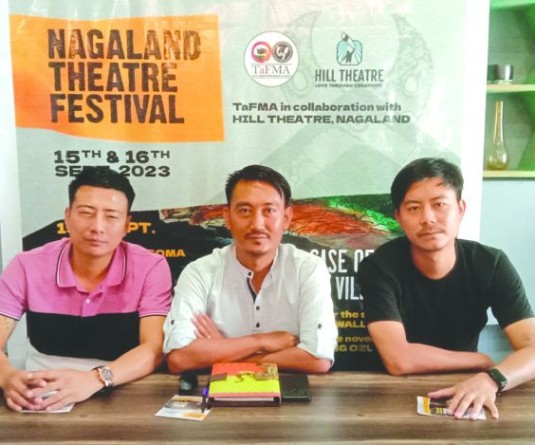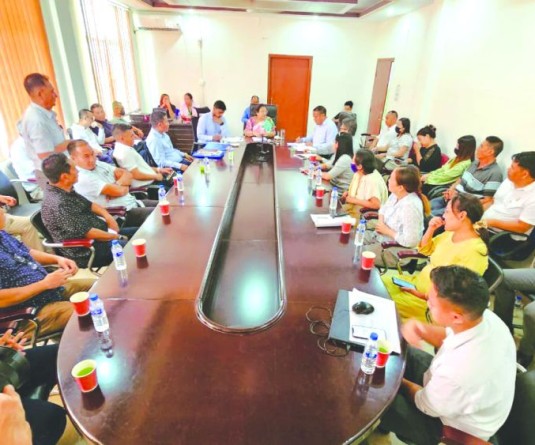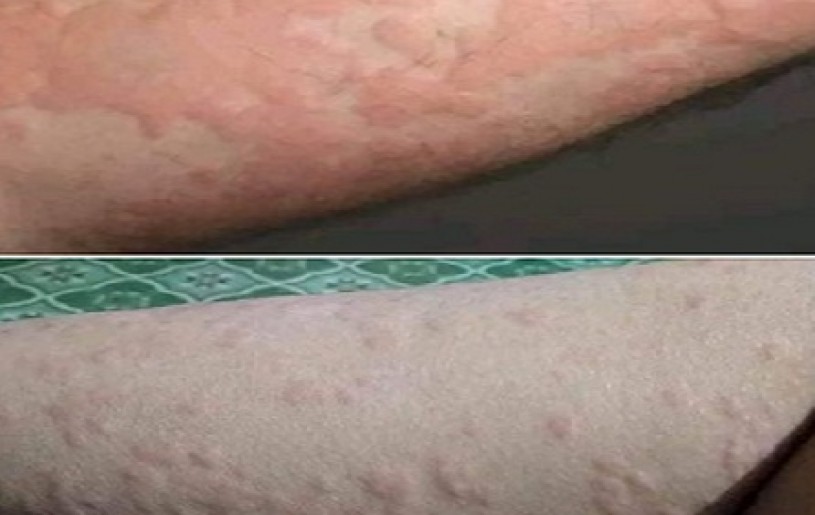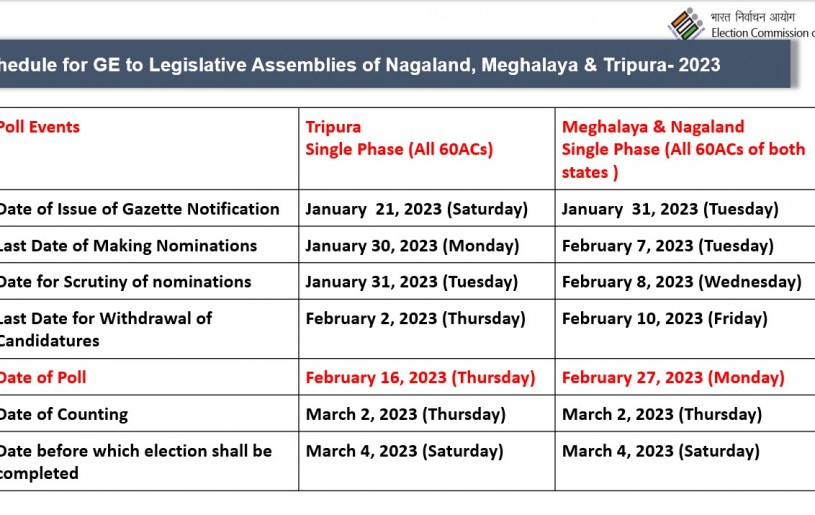Half a doctor for every 1000 people in Nagaland

H&FW Dept has 28 unoccupied doctors’ posts, 27 on study leave
Imkong Walling
Dimapur | April 17
All eyes in Nagaland are currently on the state government and the Health & Family Welfare (H&FW) Department. Juxtaposed with the COVID-19 threat, neglected government-run medical infrastructure has become all the more visible to a populace facing an invisible health threat.
From decades old ramshackle hospital structures and deficient medical equipment to make-shift COVID-19 hospitals and insufficient protective gear for frontline personnel have been in the limelight of a public resigned to a fate of utter dismay for decades.
Coming to medical workforce, Nagaland fares poorly in terms of doctor-population ratio. Against a World Health Organisation recommended 1 doctor for every 1000 people, the state’s doctor-population stands at 0.58:1000 population or roughly 1 doctor for 2000 people. The national average stands at 1.34:1000.
The state ratio is inclusive of private practitioners registered with the Nagaland Medical Council. The half a doctor per 1000 people ratio would reduce, if private practitioners are not taken into account.
Further would the ratio widen if the existing strength of the H&FW Department is considered.
Situation vacant
Official data point to the H&FW Department currently having over 60 posts of doctors unoccupied.
As per the data gathered by The Morung Express, 28 posts of Medical Officers/Junior Specialists “are effectively vacant” as on April, 2020. An additional 27 in-service doctors are on“study leave” and 9 others on deputation to other departments.
The revelation about 28 vacant posts was rather surprising given the clamour for government jobs here. There was no official explanation as to the vacancies but according to one doctor it has been 2-3 years since the conduct of the last recruitment exams. “On average, some 6-10 senior doctors retire every year and I think backlog has piled up because of delayed recruitment exam,” commented one doctor.
While stating that in-service doctors, who were on leave, were recalled, he added that it is a different case with those on study leave. “They cannot simply suspend their studies and the (state) Health Department cannot recall them. If at all, it has to get the consent of the Medical Council on India (MCI),” he said.
He said that the H&FW department has written to the MCI for special consideration and was yet to receive a response.
The number of posts for allopathic doctors in the department is 391 against a total sanctioned strength of 424(administration and clinical), including dental surgeons. The data further stated that the number of nurses stands at 484 and Female Health Workers at 846.
In addition, the department,through the National Health Mission, has some 1100-plus medical personnel, which includes doctors, nursing assistants and General Nursing and Midwifery, technicians and pharmacists.
According to the Niti Aayog’s Sustainable Development Goals (SDG) India Index 2018, physicians-nurses-midwives versus inhabitants averaged 19.12 per lakh of population. In comparison,Arunachal Pradesh averaged 126.81, Manipur- 344.39, Meghalaya- 191.63 and Mizoram- 434.82.
Another doctor said that going by the Indian Public Health Standard, the total requirement,for the existing public health facilities, is tipped at 328 specialist doctors, 332 non-specialists, 1511 staff nurse and 748 Female Health Workers (FHW).
Rationalizing workforce
While enhancing the number of practicing doctors is important, the first doctor maintained that rationalising the workforce according to needand providing specialists with the proper equipment is just as crucial. “Right person in the right job with the right equipment,” he said.
Currently, the H&FW Department has specialists with hardly any modern equipment to aid their respective disciplines. At present, Obstetrics &Gynaecology lead the pack of doctors/specialists in critical disciplines with 20, followed by Medicine and Surgery with 18, Anesthesiology- 16, Orthopedics- 9, ENT- 10, Eye- 8 et cetera.
As per the data, “The 11 District Hospitals are running with 51 Specialists (at 25% of IPHS norms), 63 Non-Specialist doctors (at 52% of IPHS norms) and 200 Staff Nurses (at 28% of IPHS norms) sanctioned posts against the requirement of 207 Specialists, 119 Non-Specialists and 645 Staff Nurses, respectively.”






